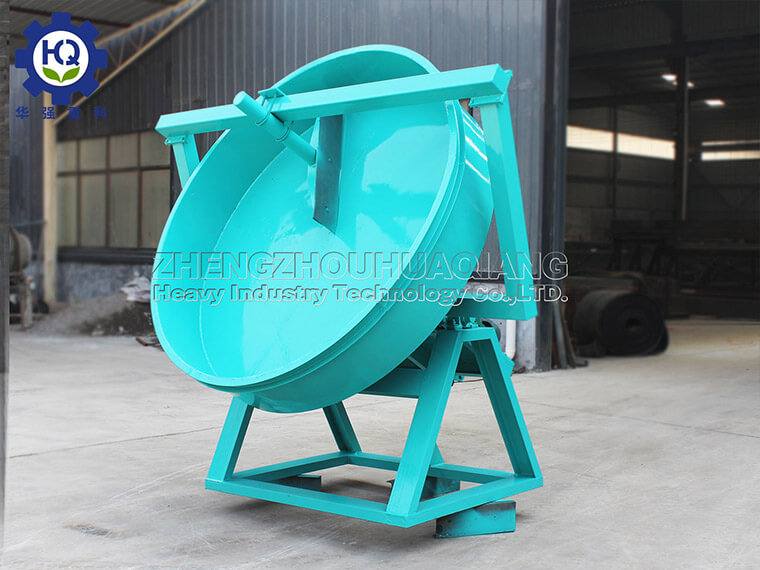In the organic fertilizer production line, the granulator plays a crucial role, and its main functions include:
Forming: The fertilizer granulator processes powdered or liquid organic fertilizer raw materials into granules for subsequent drying, screening, packaging, and application.
Improving physical properties: Granular organic fertilizers have better physical properties, such as fluidity, anti caking, and storage stability.
Improving application efficiency: Granular fertilizers can be directly applied to the soil through mechanical fertilization equipment, improving the efficiency and uniformity of fertilization.
Controlled release: The dissolution and nutrient release rate of granular fertilizers are usually slower than that of powdered fertilizers, which helps plants absorb nutrients more evenly.
Easy to store and transport: Granular fertilizers have a small volume, large weight, and are not easily scattered, making them easy to transport and store over long distances.
Improving market value: Granular organic fertilizers have a cleaner appearance, are easier to measure and sell, and enhance the product’s market competitiveness.
Reducing environmental pollution: Through granulation, the loss of fertilizers during storage and transportation can be reduced, reducing environmental pollution.
Adjusting moisture content: During the granulation process, the humidity of the finished product can be controlled by adjusting the moisture content of the raw materials to meet the requirements of subsequent processes.
Adding slow-release materials: During the granulation process, slow-release materials such as sulfur coatings can be added to organic fertilizers to control the rate of nutrient release.
Improving the consistency and uniformity of fertilizers: The granulator ensures consistency in the size and shape of fertilizer particles for each batch, improving the uniformity of fertilizers.
Enhancing the functionality of fertilizers: During the granulation process, other functional substances such as microbial agents, growth regulators, etc. can be added to organic fertilizers to enhance their functionality.
Meeting specific application requirements: Some specific agricultural applications may require granular fertilizers of specific sizes or shapes, and the granulator can be adjusted according to these requirements.
The role of fertilizer granulator in organic fertilizer production line is not limited to changes in physical form, but also includes improvement of fertilizer performance and expansion of fertilizer function. It is an indispensable key equipment in the organic fertilizer production process.
.jpg)
.jpg)

.jpg)

.jpg)
.jpg)

